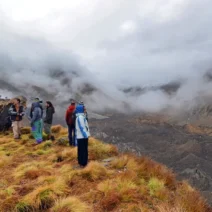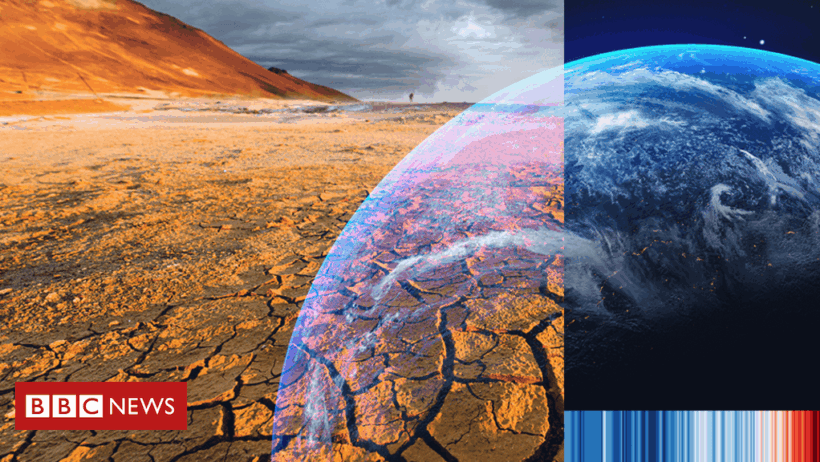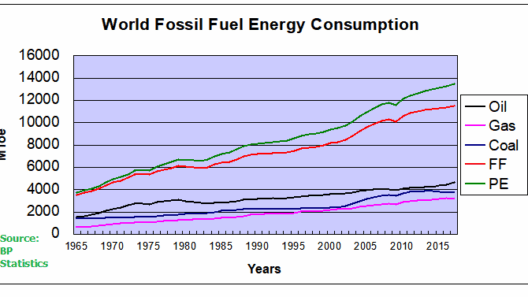Cloud cover is an essential element of our planet’s climate system, profoundly influencing weather patterns and temperature regulation. As we delve into the intricacies of cloud formation and its relationship with global warming, we might ponder an intriguing question: What happens to our skies when the very fabric of our climate begins to unravel? This inquiry lays the groundwork for understanding how climate change is reshaping the nature of cloud cover, with potentially dire consequences for ecosystems and human societies alike.
To comprehend the impact of global warming on cloud dynamics, we must first understand the fundamentals of cloud formation. Clouds are formed when moist air rises and cools, causing water vapor to condense into tiny droplets or ice crystals. They play a pivotal role in the Earth’s radiation budget by reflecting sunlight back into space and trapping heat radiating from the surface. This delicate balance is critical; however, climate change introduces perturbations into this system that can alter cloud behavior.
As global temperatures rise due to increased concentrations of greenhouse gases, the atmosphere can hold more moisture. This phenomenon is codified in the Clausius-Clapeyron equation, which describes the relationship between temperature and the capacity of air to hold water vapor. Warmer air leads to increased humidity, which can result in the formation of thicker, more persistent clouds. It poses a challenge: will these alterations exacerbate or mitigate the effects of warming? The answer is not straightforward.
Interestingly, the interaction between cloud cover and global temperatures can create a feedback loop. While some clouds might reflect sunlight effectively, others could trap heat more efficiently. For instance, low, thick clouds are typically more reflective, leading to cooling, while high-altitude cirrus clouds tend to insulate the Earth’s surface, exacerbating warming. This duality raises critical questions about the net effect of cloud changes on the climate system.
Recent studies have demonstrated that the overall cloud cover has been decreasing in some regions, particularly in the subtropics, where dry air masses dominate. This reduction can lead to more sunlight reaching the surface, further warming the Earth and creating a vicious cycle of heat and reduced cloud formation. Conversely, other studies indicate an increase in cloudiness in certain areas, such as the tropics, where intense convection processes prevail. This variability adds complexity to climate models, often leading to uncertainties in projections of future climate scenarios.
The implications of altered cloud cover extend beyond mere weather phenomena; they impact global processes such as the hydrological cycle. Precipitation patterns are shifting, as regions accustomed to reliable rainfall experience droughts or deluges. The unpredictability of these changes poses significant challenges to agriculture, freshwater availability, and ecosystem stability. Communities around the world must grapple with these shifting realities, rethinking their relationship with the natural environment.
Moreover, cloud-affected phenomena, such as hurricanes and cyclones, are becoming increasingly intense. Warmer ocean temperatures contribute to heightened storm surges, and the increased moisture in the atmosphere fuels more extreme weather events. Whether we examine the ferocity of hurricanes or the frequency of heavy rainfall events, it becomes clear that our climate’s very architecture is under siege, remapping the contours of risk and vulnerability.
This cascade of concerns leads to a more philosophical contemplation: How can we adapt to this new reality? As stewards of the Earth, it is imperative that we leverage our understanding of cloud dynamics to implement effective mitigation strategies. Investing in renewable energy sources, promoting sustainable agricultural practices, and enhancing urban resilience can offset some of the more detrimental impacts of climate change.
The concept of ‘climate justice’ comes into play as we reflect on the disparities in vulnerability to climate impacts. Under-resourced communities often face the brunt of extreme weather changes exacerbated by shifting cloud patterns. Addressing these inequalities requires holistic frameworks that prioritize the voices and needs of those disproportionately affected. Mobilizing public awareness around the interconnectedness of climate science and social equity may embolden collective action toward sustainable practices.
In closing, the dynamics of cloud cover in the age of global warming epitomize the complex interplay between earth’s systems. The clouds we see above us are not merely fluffy formations but an intricate tapestry woven with the threads of climate change. Through rigorous scientific inquiry, we can decipher the language of our skies, even as we acknowledge that many questions remain unanswered. As stewards of the planet, we are tasked with a monumental challenge: to embrace this knowledge and advocate for climate solutions that protect not just our atmosphere but the very fabric of life on Earth itself.







